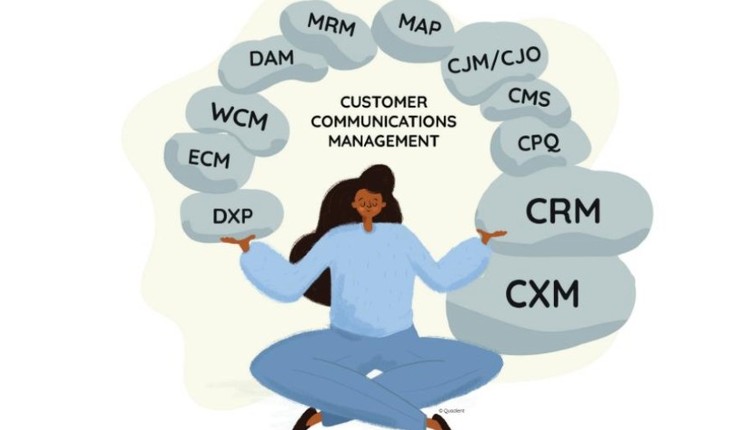
Some of your most important customer communications management (CCM) applications represent handoffs from one team to another. Proposals represent handoffs from marketing to sales. Contracts represent handoffs from sales to compliance. Welcome kits represent a handoff from sales to customer service. Correspondence is often a temporary interaction to get a customer back on track. All of these handoffs are critical customer experience moments, owned and managed by different teams for years. Customer journey mapping has evolved as a credible planning tool to help coordinate the CCM technologies that support these key handoffs.
How do we know that customer journey mapping isn’t just a fad? From the first talk of customer journey mapping in CCM in 2015, the market has grown. The 2021 Aspire Leaderboard from Aspire CCS included eight customer journey mapping offerings, twice as many offerings than were featured in the 2020 research. That research also shows that customer journey mapping approaches are growing closer to CCM.
Additionally, the most recent SPARK Matrix for Customer Journey Mapping in 2020 featured 12 vendors offering customer journey mapping technology without CCM offerings. This indicates the market for customer journey mapping technology is much wider than just the CCM vendors that offer customer journey mapping capabilities. Therefore, your colleagues who are not interested in customer communications still may be interested in customer journey mapping.
As I engage with analysts, I hear thought leaders in the DXP, CXM and other markets include CCM language when they discuss “experience architecture” and “customer experience.” If you look at typical approaches of customer journey orchestration and customer journey analytics, the focus has been on turning prospects into customers. Post-pandemic trends show the focus is shifting from customer acquisition to customer retention, supporting holistic approaches like customer journey mapping that look at customer experiences before, during and after the sale.
This positions customer journey mapping technology as a common ground for multiple teams to clearly articulate their contributions, understand connections with other touchpoints and streamline the underlying technology stacks. Once these teams see their common purpose with clarity, it is easier to see how an enterprise’s people, processes and technology support or thwart the customer experiences you provide. This allows customer journey mapping to move into the most important phase of communication and experience planning — the budgeting process.
As multiple teams struggle to deliver on their objectives, customer journey mapping reveals when their work creates unintended difficulties for customers or other teams. When new stakeholders see the relationship between their work and the overall customer experience, they begin to ask better questions about their work. This increased awareness leads to better work with less effort. The visible overlaps between technical stacks highlight opportunities to save on IT management costs. The separate design processes highlight opportunities for conflicting messages that result in customer confusion. This confusion increases inbound communication, decreases NPS scores and clogs up social media with negative brand sentiment. With a journey map, stakeholders from marketing, business, IT, legal and other teams see their challenges more clearly.
All documents are touchpoints, but not all touchpoints are documents. As a document professional, you most likely need to show how you provide value to a variety of new CX-focused stakeholders. The best way to do this is for you to make the effort to learn the nuances of their CX language so you can present your work in a way that makes it easy for others to understand its value. This understanding moves up to the front of the budget line. As you improve the KPIs of other teams, you improve the quality of the communications you deliver to your customers.
As you look at analyst research, changes within your own organization and advice from your industry colleagues, it is easy see why customer journey mapping is a powerful tool to support your transforming organization.










